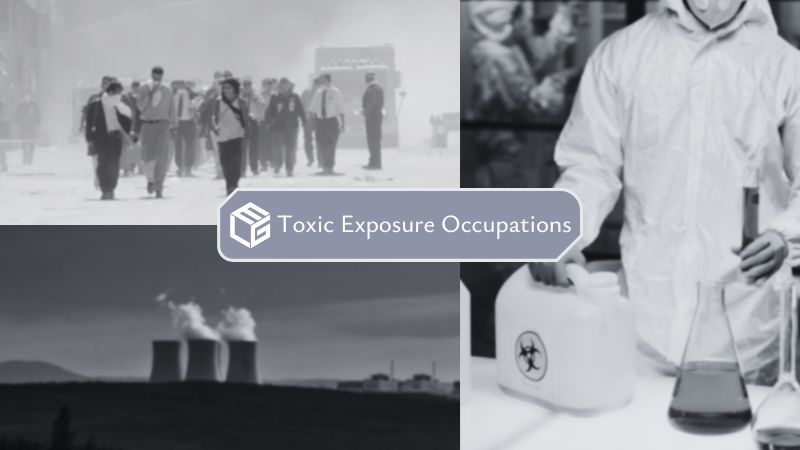-
About »
- Insulin MDL
-
Cases »
- Diseases
- Testimonials
- Government
- Contact
- Get Help Now
-

During demolition and cleanup following the collapse of the World Trade Center, demolition workers encountered high levels of toxic contamination. Many hazards were encountered by demolition workers when they removed contaminated materials and destroyed damaged structures. Working in enclosed spaces and handling contaminated debris directly exposes them to high levels of toxins. Working in demolition constantly exposed workers to asbestos fibers and carcinogens.
Ground Zero had to be cleared of debris as soon as possible after September 11. There were asbestos fibers, lead, polychlorinated biphenyls, solvents, and combustion byproducts all over the place as a result of the collapse. Early cleanup workers faced intense dust exposure without the proper protective equipment.
Demolition workers faced particular dangers during cleanup and recovery operations:
A large cohort of nearly 12,334 WTC responders showed that those with severe exposure to dust and debris, including demolition and cleanup tasks, had a nearly threefold higher incidence of lung cancer more than a decade after exposure, compared to responders with minimal exposure. This stark difference underscores the particular hazard faced by demolition workers who directly disturbed contaminated materials.
Several cancers were found to be more prevalent among WTC demolition workers, including thyroid, prostate, hematologic, lymphoid, and soft tissue cancers. The latency periods for diseases such as mesothelioma can last up to 60 years post-asbestos exposure, with asbestos being a major cause of both lung cancer and mesothelioma.
There was a high prevalence of respiratory diseases among demolition workers, such as chronic rhinosinusitis, asthma, bronchitis, and interstitial lung diseases, such as asbestosis. There is a possibility that symptoms may persist or worsen for years after exposure. Demolition workers often suffer from chronic post-traumatic stress disorder, which often coexists with physical ailments as a result of the traumatic nature of disaster recovery work.
Demolition workers who developed illnesses from Ground Zero exposure can pursue compensation through the 9/11 Victim Compensation Fund. Environmental Litigation Group, P.C. has successfully represented construction and demolition workers in toxic exposure cases for decades. Our attorneys understand the unique hazards demolition workers faced when clearing contaminated debris and materials. ELG Law will gather evidence of your work at Ground Zero, review your medical records, and build a comprehensive case demonstrating how your current health problems stem from your exposure during cleanup operations. We are dedicated to securing full compensation for workers whose health was compromised while rebuilding after tragedy.
If you were present at a 9/11 crash site between September 11, 2001, and May 30, 2002, you may be eligible for compensation from the 9/11 Victim Compensation Fund. Suffering from a disease in these categories might make you eligible for compensation: